- No products in the cart.
Tranexam injection 50mg / ml 5ml ampoules 10 pcs
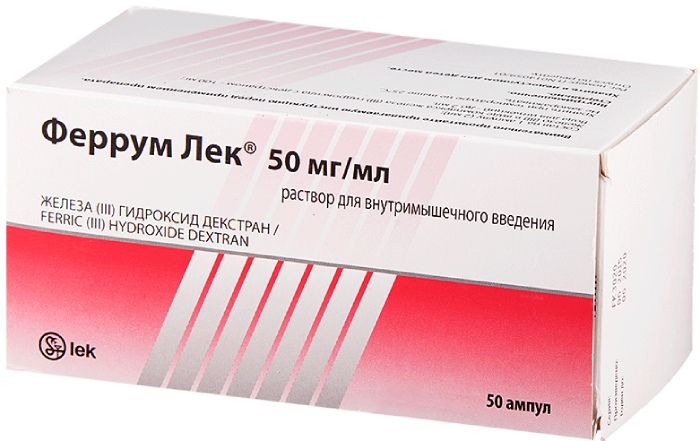
Ferrum lek Injection 100mg / 2ml 2ml amp 50 units
$209.48
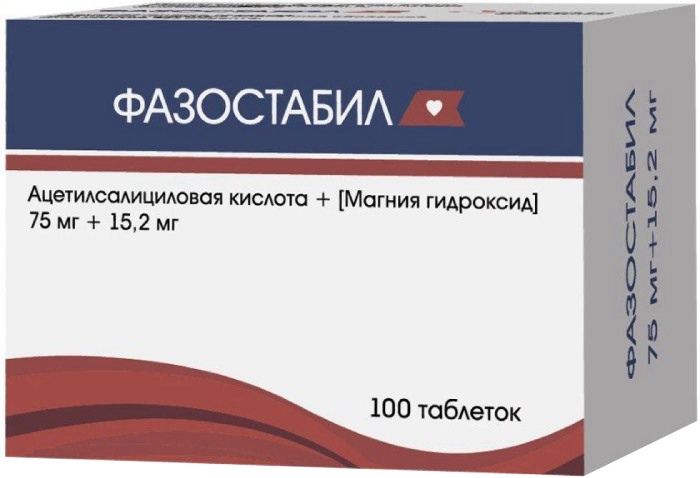
Table Fazostabil n / v 75 + 15.2mg film 100 pcs
$3.47
$21.47
Tranexam injection 50mg / ml 5ml ampoules 10 pcs
Description
Composition
Active substance:
Tranexamic acid – 50 mg.
Excipients:
Water for injection – up to 1 ml.
Description:
Clear or almost clear, colorless or light-brown shade solution.
Product form:
Ampoules 50 mg / ml. 5 ml of the drug vial in neutral glass ampoules 5 in blisters of PVC film and aluminum foil. 2 blisters together with instructions for use placed into cardboard pack.
Contraindications
Hypersensitivity to the drug, subarachnoid hemorrhage.
Precautions – trombogemorragichesky complications (in combination with heparin and indirect anticoagulants), thrombosis (deep vein thrombophlebitis, thromboembolism, myocardial infarction, myocardial infarction), disturbances of color vision, hematuria from the upper urinary tract (possible obstruction by a blood clot), renal insufficiency (possible accumulation).
Dosage
50 mg / ml
Indications
Bleeding or risk of bleeding against the strengthening of fibrinolysis as generalized (bleeding during surgery and in the postoperative period, post-partum bleeding, manual removal of the placenta, placental chorionic, bleeding during pregnancy, cancer of the pancreas and prostate, hemophilia, hemorrhagic complications of fibrinolytic therapy, thrombocytopenia purpura, leukemia, liver disease, previous therapy with streptokinase) and local (uterine, cervical conization n about carcinoma, nasal, pulmonary, gastrointestinal bleeding, hematuria, bleeding after prostatectomy, tooth extraction in patients with hemorrhagic diathesis). Surgery on the bladder. Surgical manipulation of systemic inflammatory response (sepsis, peritonitis, pancreatic, slightly moderate gestosis, various etiology and shock al. Misses).
Interaction with other drugs
Pharmaceutically compatible with blood preparations, solutions containing penicillin, urokinase, hypertensive agents (norepinephrine dezoksiepinefrinom hydrochloride, bitartrate metarminom), tetracyclines dipyridamole, diazepam. Hemostatic drugs gemokoagulaza potentiate the activation of thrombosis.
Overdose
There are limited data on cases of overdosing. One case of an overdose (ingestion of 37 g of tranexamic acid).
Symptoms: dizziness, headache, nausea, vomiting, orthostatic symptoms (including, dizziness during the transition from a horizontal to a vertical position..), Orthostatic hypotension. In predisposed patients increases the risk of thrombosis.
Treatment: Antidote is unknown. In case of suspected overdose tranexamic acid required hospitalization. In assisting, induce vomiting, then to gastric lavage. Activated charcoal reduces the absorption of tranexamic acid when administered during the first 1-2 hours after the overdose. If the patient is unconscious, or in violation of swallowing activated charcoal can be administered through a nasogastric tube. Recommended ingestion or parenteral administration of large amounts of fluid to enhance renal excretion, diuresis, control of the amount of urine. In some cases it may be appropriate use of anticoagulants.
pharmachologic effect
Pharmacological group:
Hemostat.
Pharmacological properties:
Tranexamic acid – antifibrinolytic agent specifically inhibiting the activation of plasminogen (plasminogen) and its transformation into a fibrinolysin (plasmin). Has local and systemic hemostatic effect when bleeding associated with an increase in fibrinolysis, as well as anti-inflammatory, antiallergic, anti-infective and anticancer action due to suppression of kinin formation and other active peptides involved in allergic and inflammatory reactions. The experiment confirmed its own analgesic activity of tranexamic acid as well as sverhsummarny potentiating effect on the analgesic activity of opiates.
Pharmacodynamics:
Tranexamic acid – antifibrinolytic agent specifically inhibiting the activation of plasminogen (plasminogen) and its transformation into a fibrinolysin (plasmin). Has local and systemic hemostatic effect when bleeding associated with an increase in fibrinolysis, as well as anti-inflammatory, antiallergic, anti-infective and anticancer action due to suppression of kinin formation and other active peptides involved in allergic and inflammatory reactions. The experiment confirmed its own analgesic activity of tranexamic acid as well as sverhsummarny potentiating effect on the analgesic activity of opiates.
Tranexamic acid in a concentration of 1 mg / ml had no effect on platelet aggregation in vitro, at concentrations up to 10 mg / ml of blood has no effect on platelet count, clotting time and the various blood clotting factors in whole blood or citrated blood of a healthy person. At the same time, tranexamic acid in a concentration of 1 mg / ml and 10 mg / ml of blood lengthens the thrombin time.
Pharmacokinetics:
Distributed in tissues relatively uniformly (with an exception – the cerebrospinal fluid, where the concentration is 1/10 of the plasma); It crosses the placental and blood-brain barrier in the breast milk (about 1% of the concentration in maternal plasma). It is found in the seminal fluid, which reduces the fibrinolytic activity, but has no effect on sperm migration. The initial volume of distribution – 9-12 liters. Communication with plasma proteins (plasminogen) – less than 3%. In the blood of about 3% is bound to the protein (plasminogen).
in the cerebrospinal fluid concentration is 1/10 of the plasma. Overall renal clearance is plasma.
Antifibrinolytic concentration in various tissues preserved 17 hours in plasma -up 7-8 hours.
A small portion is metabolized. “Concentration-time” curve is a three-phase shape with a half-life in the terminal phase – 2 hours total renal clearance is the plasma (7 l / h)..
Excreted by the kidneys (core path – glomerular filtration) – greater than 95% unchanged during the first 12 hours, two identified metabolites tranexamic acid:. N-acetylated and deaminated derivatives. When impaired renal function there is a risk of cumulation tranexamic acid.
Pregnancy and breast-feeding
In preclinical studies, tranexamic acid has no teratogenic effects. Adequate and strictly controlled study efficacy and safety of drugs tranexamic acid in pregnant women were not conducted. Tranexamic acid crosses the placenta and umbilical may be present in blood in a concentration close to that of the parent.
Since the reproductive function studies in animals are not always predictive of responses in human, tranexamic acid should be used during pregnancy only if absolutely necessary.
Tranexamic acid penetrates into breast milk (concentration of the drug in human milk is about 1% of the concentration in the mother’s plasma). The development of anti-fibrinolytic effect of the infant is unlikely. Nevertheless, caution should be exercised in the application of tranexamic acid in nursing mothers.
Conditions of supply of pharmacies
By prescription.
side effects
Allergic reactions (rash, pruritus, urticaria), dyspepsia (anorexia, nausea, vomiting, heartburn, diarrhea), dizziness, weakness, lethargy, tachycardia, chest pain, hypotension (by rapid intravenous administration), impaired color vision, blurred vision; thrombosis or thromboembolism (minimal risk).
special instructions
The combined application with haemostatic agents and gemokoagulazoy possible activation of thrombogenesis. Before and during treatment is necessary to conduct inspection of an ophthalmologist (visual acuity, color vision, fundus).
The ability of tranexamic acid influence the speed and psychomotor reactions on the ability to transport or other mechanical means not investigated. Tranexamic acid can cause dizziness and blurred vision, and, accordingly, may affect the ability to engage in potentially hazardous activities that require high concentration and psychomotor speed reactions.
Storage conditions
At temperatures above 25 ° C. Keep out of the reach of children.
Dosing and Administration
Intravenously (infusion, bolus).
When generalized fibrinolysis administered in a single dose of 15 mg / kg body weight every 6-8 hours, the introduction rate of 1 ml / min.
When the local fibrinolysis – 250-500 mg 2-3 times a day.
At prostatectomy or bladder surgery is administered during surgery 1 g, followed by 1 g every 8 hours for 3 days and then transferred to intake the tablet form until the disappearance of gross hematuria.
With the high risk of bleeding, systemic inflammatory response in a dose of 10-11 mg / kg, 20-30 minutes prior to surgery.
Patients with coagulopathy before the extraction of the tooth is administered at a dose of 10 mg / kg body weight, administered after estraktsii tooth prem inside the tablet form of the drug. In case of violation of renal excretory function requires correction dosing regime: the concentration of creatinine in the blood of 120 – 250 pmol / l administered at 10 mg / kg twice a day; creatinine at a concentration of 250 – 500 pmol / l administered at 10 mg / kg once a day; when the concentration of creatinine 500 umol / kg administered at 5 mg / kg once a day.
Information
Appearance may differ from that depicted in the picture. There are contraindications. You need to read the manual or consult with a specialist
Additional information
| Weight | 0.100 kg |
|---|---|
| Manufacturer | STADA |

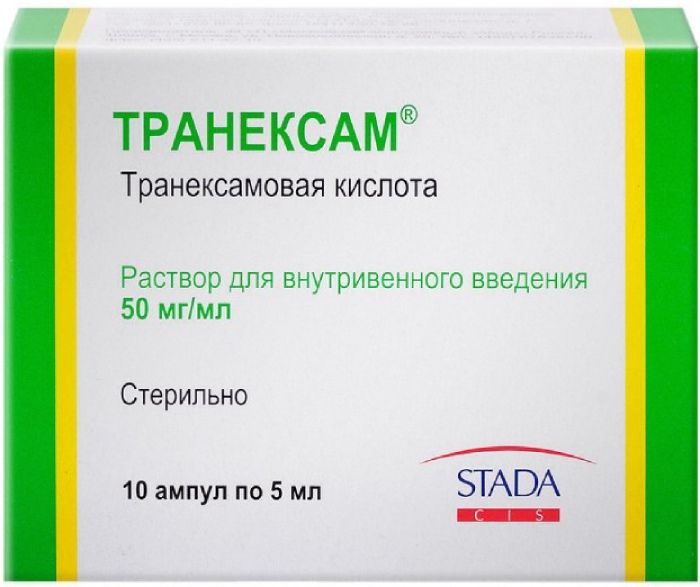
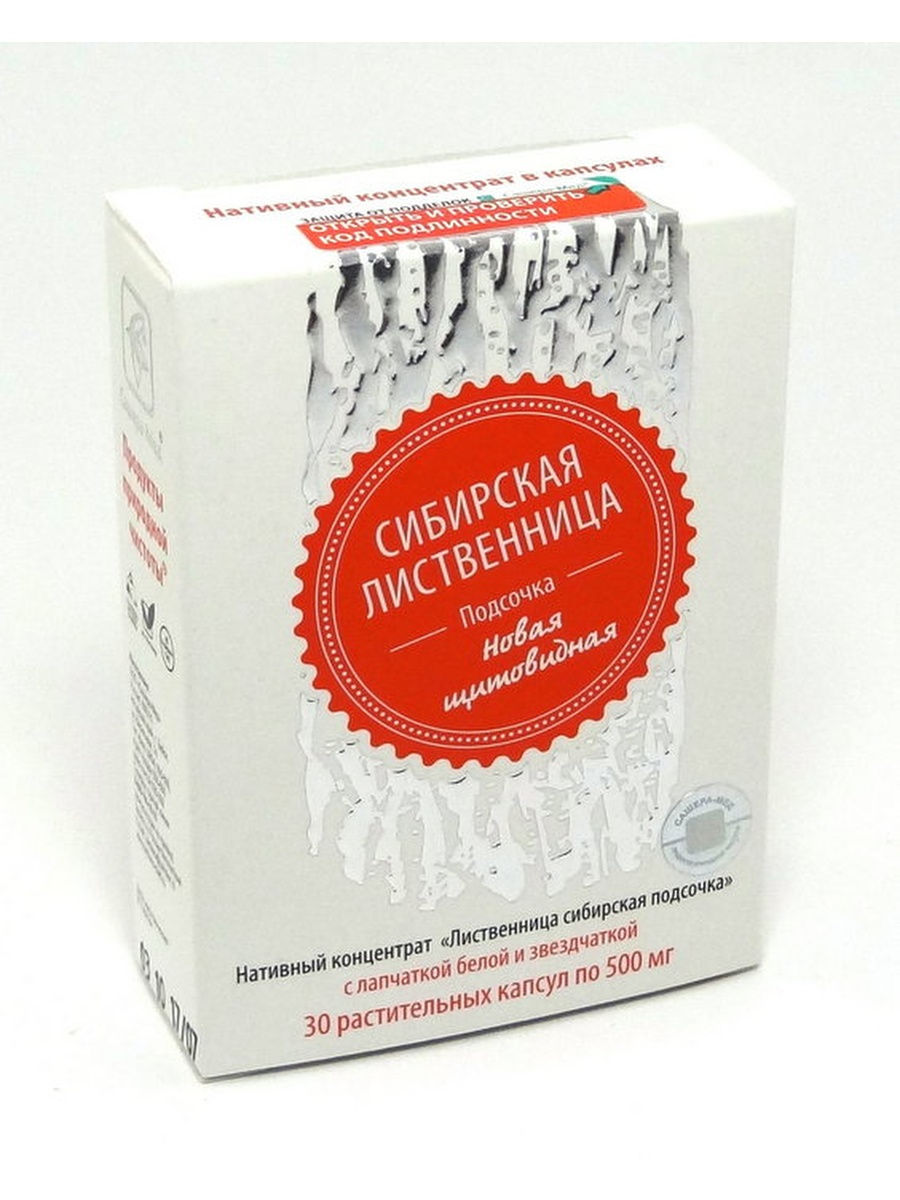
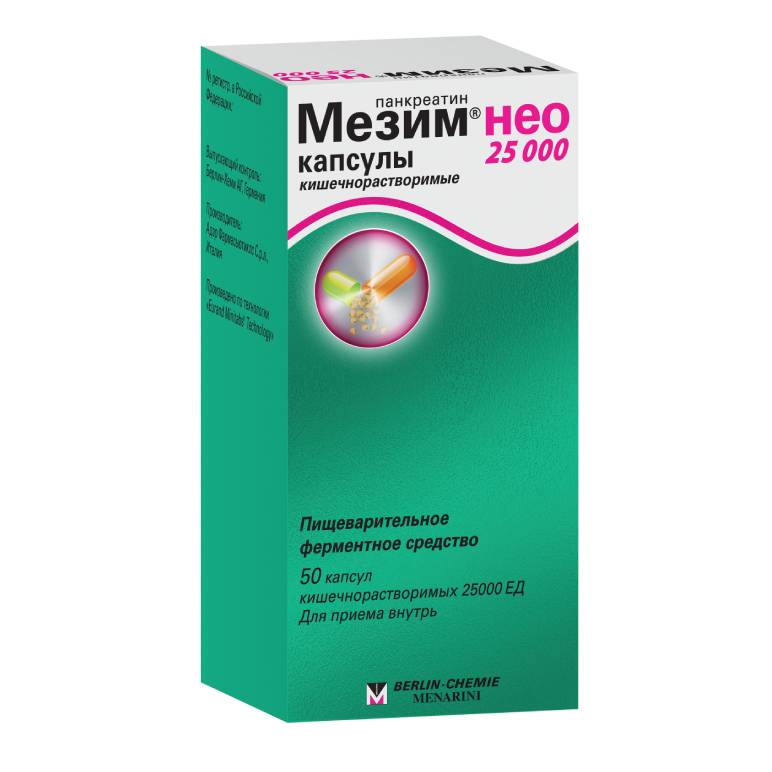
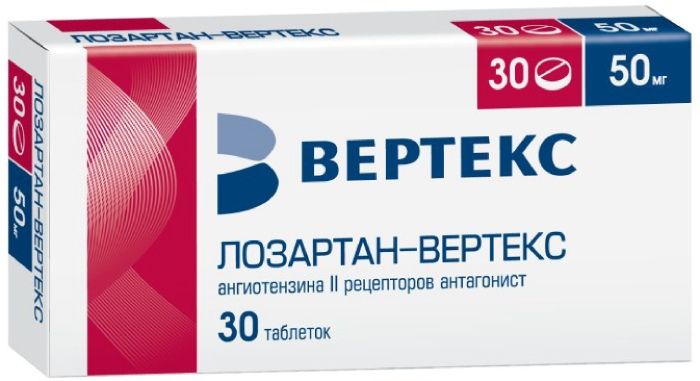
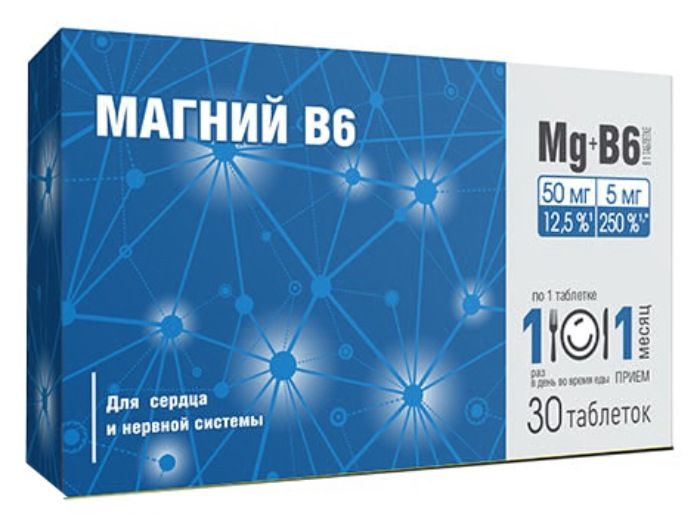
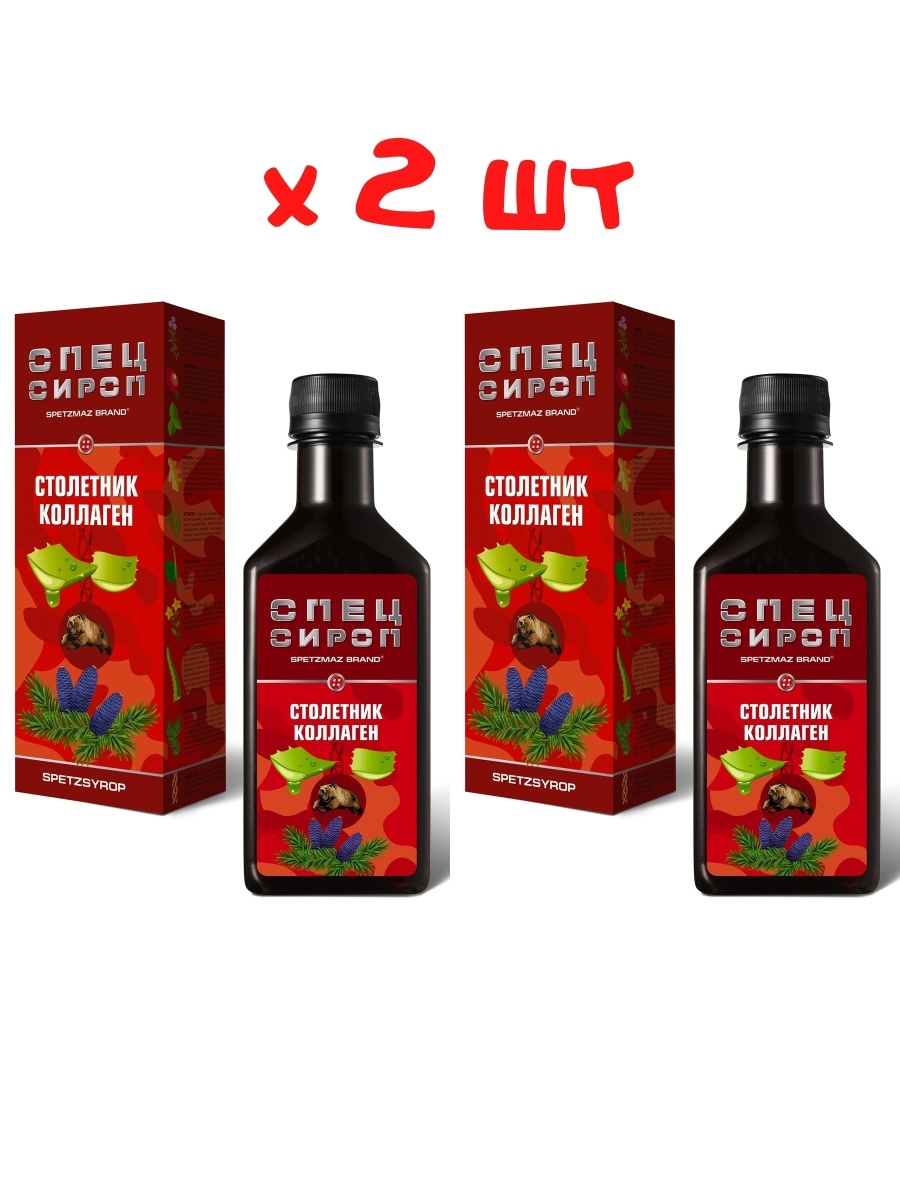
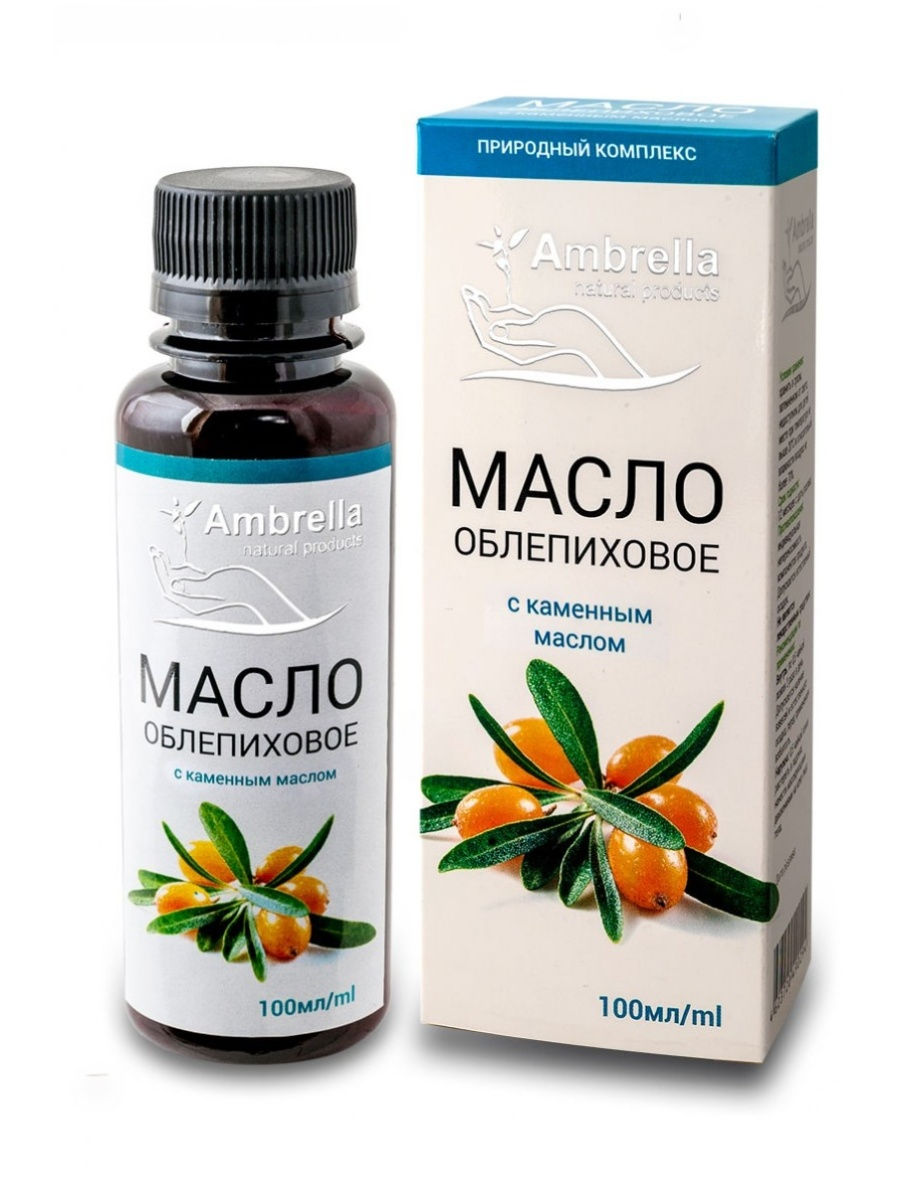




There are no reviews yet.